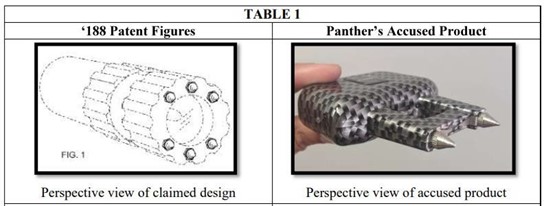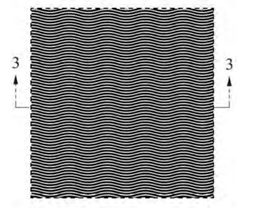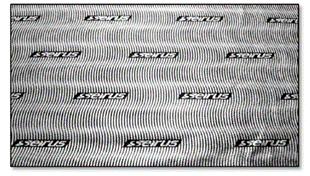The US Court of Appeals for the Federal Circuit affirmed a district court’s decision to use its inherent power to award deterrence sanctions for filing a nuisance patent infringement lawsuit. PS Products Inc. v. Panther Trading Co. Inc., Case No. 2023-1665 (Fed. Cir. Dec. 6, 2024) (Moore, Stoll, Cunningham, JJ.)
PSP filed a design patent infringement lawsuit against Panther. PSP voluntarily dismissed the case with prejudice after Panther threatened to seek Rule 11 sanctions for the filing of a frivolous lawsuit. After the case was dismissed, Panther filed a motion seeking its attorneys’ fees under 35 U.S.C. § 285 and $100,000 in deterrence sanctions under the court’s inherent power. The district court found the case exceptional under § 285 and awarded Panther its attorneys’ fees. The district court also found PSP and its counsel joint and severally liable for $25,000 in deterrence sanctions. PSP did not appeal the finding that the case was exceptional or the decision to grant attorneys’ fees, but it did appeal the award of deterrence sanctions under the court’s inherent power.
Design patent infringement requires showing that an ordinary observer would find the accused product and claimed design “substantially the same” such that the observer would be deceived into believing that the accused product was the patented design. However, in some cases the accused product and the patented design are “plainly dissimilar” such that it would be clear to an ordinary observer the two designs were not “substantially the same.”
The Federal Circuit affirmed the district court’s award of deterrence sanctions, finding that the district court did not err by inferring PSP’s bad faith conduct based on the clear lack of legal merit of the case against Panther. The Court found that Panther’s accused product was “plainly dissimilar” to the patented design (shown below), such that PSP’s case was a nuisance lawsuit.

The Federal Circuit found that bad faith was also reasonably inferred based on PSP’s history of filing 25 meritless lawsuits in the same district, even though the district court did not analyze each suit. PSP cited the general venue statute in all 25 lawsuits rather than the required patent-specific venue statute, and PSP did not have proper venue in the lawsuit against Panther.
The Federal Circuit also found no abuse of discretion when the district court imposed sanctions under its inherent power. Rule 11 sanctions were unavailable since the case was already dismissed, but the district court had no other mechanism to sanction PSP’s bad faith conduct of filing multiple meritless lawsuits except the court’s inherent power. Finally, the Court found that imposing deterrence sanctions under the district court’s inherent power was proper even when it had already awarded attorneys’ fees and costs under § 285 because the statute does not preclude separate sanctions.
The Federal Circuit declined to award Panther its attorneys’ fees for the appeal because while PSP’s [...]
Continue Reading
read more

 Subscribe
Subscribe




